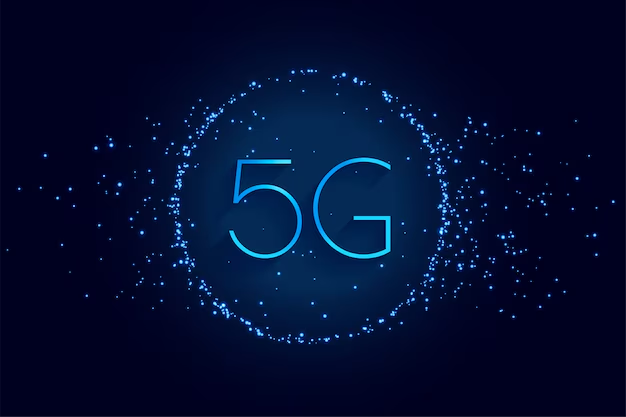
The advent of 5G networks promises to revolutionize the way we connect, communicate, and experience the digital world. With faster speeds, lower latency, and greater capacity than its predecessors, 5G is expected to drive innovation across multiple sectors. Here’s a closer look at how 5G is accelerating innovation and transforming connectivity:
1. Unmatched Speeds and Low Latency
One of the key features of 5G networks is their ability to offer speeds that far exceed 4G. Theoretically, 5G can deliver download speeds of up to 10 Gbps, a dramatic increase from 4G’s maximum of around 1 Gbps. This ultra-fast connection enables real-time communication and enhances experiences such as ultra-high-definition video streaming, gaming, and augmented reality (AR) applications.
The low latency of 5G, typically under 1 millisecond, is another game-changer. This near-instantaneous data transfer time is essential for applications requiring immediate feedback, such as remote surgeries, autonomous vehicles, and real-time industrial automation.
2. IoT Expansion
5G will play a central role in the growth of the Internet of Things (IoT). The sheer capacity of 5G allows billions of devices to be connected simultaneously, enabling smart cities, connected homes, and industries to deploy a wide range of IoT devices. With 5G, devices can communicate faster and more efficiently, opening the door to innovations in sectors like agriculture, transportation, and healthcare.
3. Autonomous Vehicles
Self-driving cars rely on real-time communication with other vehicles, road infrastructure, and traffic management systems. 5G’s low latency and high bandwidth provide the necessary network conditions for the safe and efficient operation of autonomous vehicles. With 5G, autonomous cars can make quick decisions based on immediate data from sensors, ensuring a safer driving environment and laying the groundwork for the future of transportation.
4. Industry 4.0 and Smart Manufacturing
In the manufacturing sector, 5G enables the development of “smart factories” with interconnected machines and sensors that can communicate in real-time. This increases operational efficiency, reduces downtime, and improves predictive maintenance. In addition, 5G supports the use of robotics, augmented reality for maintenance and training, and real-time monitoring of production lines, creating more intelligent and automated production environments.
5. Healthcare Innovation
5G has the potential to transform healthcare through telemedicine, remote patient monitoring, and even remote surgeries. With higher bandwidth and low latency, doctors can perform procedures with robotic tools in real-time, even if the patient is located thousands of miles away. In addition, the enhanced connectivity allows for faster transmission of medical data, improving diagnosis and treatment times.
6. Enhanced Mobile Experiences
For everyday consumers, 5G means enhanced mobile experiences. Whether it’s gaming, streaming, or using AR applications, 5G ensures smoother and more immersive experiences on mobile devices. Users can expect higher-quality video streams, less buffering, and instant access to content.
7. New Business Models and Economic Growth
The expansion of 5G networks will also create new business opportunities and stimulate economic growth. The improved connectivity enables businesses to tap into new technologies like AI, blockchain, and cloud computing with far greater speed and efficiency. Moreover, it will enable new business models, such as subscription-based models for high-definition content, cloud gaming, and remote collaboration.
8. Security and Privacy Enhancements
With the increased connectivity and potential for more data exchange, 5G networks are also incorporating advanced security features. These include enhanced encryption, secure device authentication, and more robust privacy protection mechanisms to safeguard users and their data from cyber threats.
Conclusion
5G networks are more than just an evolution of connectivity—they are the foundation for the next wave of technological advancements. By providing lightning-fast speeds, ultra-low latency, and the ability to connect billions of devices, 5G is poised to accelerate innovation across industries, creating a more connected, efficient, and intelligent world. While there are still challenges to overcome in terms of global rollout and infrastructure development, the promise of 5G is clear: it will shape the future of connectivity and innovation in ways we have yet to fully imagine.
